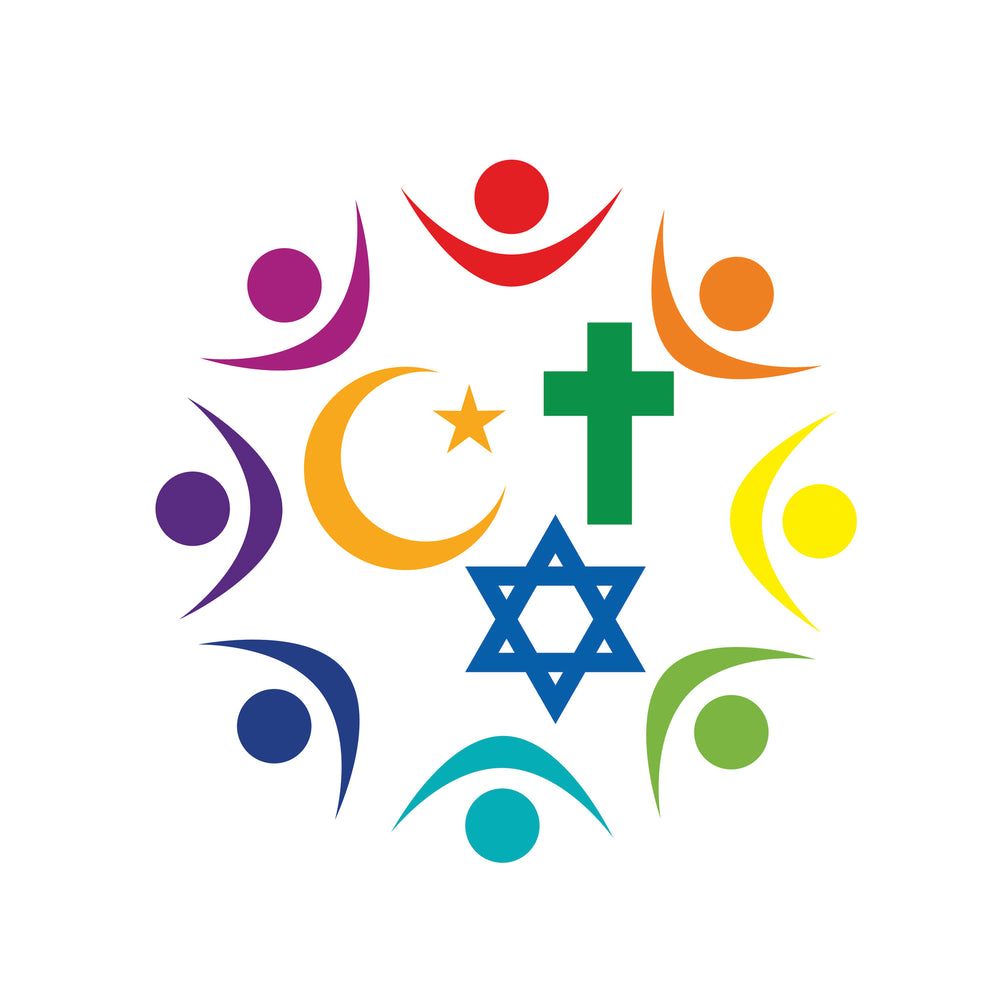From Genesis to the Qur’an: Tracing Noah's Ark Through Three Traditions
By Darrell Griffin, president of PureAudacity.com
What if the most unifying story in human history wasn’t about peace—but about a flood?
In a world increasingly fractured by ideology, identity, and interpretation, one ancient tale quietly binds billions of people together. Jews, Christians, and Muslims—despite centuries of theological divergence—all believe in the story of Noah and the Ark. It’s not just a myth tucked into scripture. It’s a shared moral compass, a spiritual metaphor, and a haunting reminder of what happens when humanity loses its way.

Across synagogues, churches, and mosques, Noah is revered as a righteous man chosen by God to survive a cataclysmic flood. His ark, built in obedience and filled with life, becomes a symbol of divine mercy and judgment. But while the skeleton of the story remains the same, each tradition paints it with its own colors—emphasizing different lessons, struggles, and hopes.
Let’s step into the storm together and explore how this ancient narrative flows through three rivers of faith.
🕎 Judaism: Noah the Righteous in a Corrupt World
In the Hebrew Bible, Noah (Noach) appears in Genesis 6–9 as a man who “found favor in the eyes of the Lord.” The world around him is steeped in violence and moral decay, but Noah stands apart—not as a prophet, but as a quiet craftsman of obedience.
God commands him to build an ark, specifying its dimensions and materials. Noah doesn’t argue. He doesn’t preach. He simply builds. This silent compliance has sparked centuries of rabbinic debate: Was Noah righteous only in comparison to his corrupt generation? Should he have spoken out like Abraham did for Sodom?
Jewish tradition often uses Noah’s story as a mirror—asking not just what he did, but what he didn’t do. The flood becomes a cautionary tale about collective responsibility, moral courage, and the cost of silence.
After the flood, God makes a covenant with Noah and all living creatures, symbolized by a rainbow. It’s the first universal covenant in the Bible—a promise of restraint, and a divine acknowledgment of human fragility.

✝️ Christianity: Noah as a Foreshadowing of Salvation
In Christian theology, Noah’s story is more than historical—it’s typological. The ark is seen as a precursor to salvation through Christ. Just as Noah’s family was saved through water, Christians are saved through the waters of baptism.
The New Testament references Noah multiple times. In Hebrews 11, he’s praised for his faith. In 1 Peter 3, the flood is linked to spiritual rebirth. And in Matthew 24, Jesus warns that the end times will come “as in the days of Noah”—suddenly, and with little warning.
Christian interpretations often emphasize Noah’s trust in God’s plan. He builds the ark despite ridicule. He prepares for a flood no one believes in. His story becomes a metaphor for spiritual perseverance, divine judgment, and the narrow path to redemption.
The ark, in this view, isn’t just a boat—it’s a sanctuary. A place where faith shelters life from chaos.
☪️ Islam: Nūḥ the Prophet of Patience and Warning
In Islam, Noah (Nūḥ) is one of the earliest and most enduring prophets. His story appears in multiple chapters of the Qur’an, including Surah 11 (Hud) and Surah 71 (Nūḥ). Unlike the Hebrew Bible, the Qur’an focuses less on the ark’s construction and more on Noah’s prophetic mission.
For years—sometimes interpreted as centuries—Noah preaches to his people. He warns them of divine punishment. He pleads with them to abandon idolatry and return to righteousness. But they mock him, call him mad, and turn away.
Islamic tradition highlights Noah’s sabr (patience) and tawakkul (trust in God). He’s a model of endurance in the face of rejection. When the flood finally comes, it’s not just a natural disaster—it’s a moral reckoning. Only those who believe are saved.
The ark, in Islam, is a vessel of divine justice. And Noah’s story is a reminder that truth often walks alone before it is vindicated.
🐘 The Ark Itself: A Vessel of Meaning
Across all three traditions, the ark is more than wood and nails. It’s a symbol—a floating sanctuary in a drowning world.
• In Judaism, it’s a place of covenant and continuity.
• In Christianity, it’s a metaphor for salvation and rebirth.
• In Islam, it’s a refuge for the faithful and a warning to the heedless.
The animals, the floodwaters, the dove with the olive branch—these elements echo across centuries, appearing in art, literature, and liturgy. They remind us that even in destruction, there is renewal. Even in judgment, there is mercy.

🌈 The Rainbow and the Reckoning
When the flood recedes, Noah steps onto dry land. The world is changed. The survivors are few. And above them, a rainbow arcs across the sky—a divine promise that the earth will never again be destroyed by water.
But the story doesn’t end with peace. It ends with a challenge.
Noah’s descendants must rebuild. They must remember. They must choose righteousness not because the flood is coming, but because it already did.
🧠 Why This Story Still Floods Our Imagination
So why does this ancient tale still resonate?
Because it’s not just about Noah. It’s about us.
We live in a world that often feels flooded by misinformation, injustice, ecological collapse, and spiritual fatigue. We see warnings ignored, truth ridiculed, and righteousness mocked. And yet, the story of Noah reminds us that one person’s integrity can change the course of history.
It asks:
• Will you build when others scoff?
• Will you shelter life when the world turns violent?
• Will you listen to the quiet voice of conscience before the storm arrives?
The ark isn’t just a relic of the past. It’s a blueprint for the present. And maybe, just maybe, it’s time to start building again.





